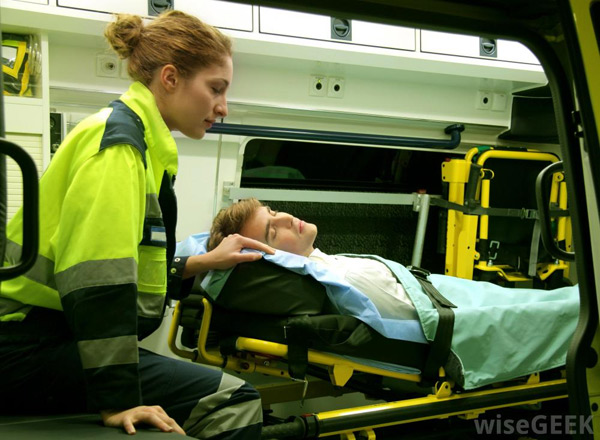
However, patients who experienced a stent thrombosis between days 2 and 30, regardless of drug regimen, were more likely to die within one year than were patients who developed stent thrombosis within the first 24 hours of their procedure.
“What is new, to my knowledge, is the relationship between stent thrombosis timing and mortality at one year,” said Dr. Per Grimfjard of Vasteras Hospital / Uppsala University, Sweden, who presented the nationwide Swedish Registry data at EuroPCR 2015. “In my opinion, a possible explanation is that a stent thrombosis that happens once the patient has left the hospital is likely to cause a more substantial infarction, the reason being longer delay from symptoms to revascularisation.”
A more substantial myocardial infarction typically leads to more heart failure and arrhythmia long term, he added.
A number of recent studies have raised concerns that bivalirudin, a newer, more expensive drug used to prevent clot formation during emergency angioplasty, may increase the risk of clots inside the newly implanted stents compared with the older drug, heparin. Rates of stent thrombosis, however, have differed substantially between studies.
Grimfjard and colleagues decided to review stent thrombosis rates by drug choice among more than 30,000 patients treated with primary PCI for ST-elevation myocardial infarction (STEMI) between January 2007 and July 2014 in the Swedish Coronary Angiography and Angioplasty Register (SCAAR). They found that rates of stent thrombosis were low across all three drug groups analyzed (bivalirudin = 0.84%, heparin = 0.94%, and GP IIb/IIIa inhibitor = 0.83%).
For all three drugs, however, mortality at one year was numerically higher if the stent thrombosis occurred between 2 and 30 days, as compared with day 0-1 post-PPCI.
The findings regarding the timing of stent thrombosis do not offer interventionalists any insights into choice of antithrombotic treatment, Grimfjard cautioned. The Swedish investigators are currently enrolling patients in a 6000-patient, registry-based, randomised clinical trial called SWEDEHART-Validate looking at heparin-only vs. bivalirudin-plus-optional low-dose heparin in STEMI and non-STEMI patients undergoing PCI.
“Hopefully this large randomised trial will bring clarity to the choice of antithrombotic treatment strategy in these patients,” Grimfjard said.